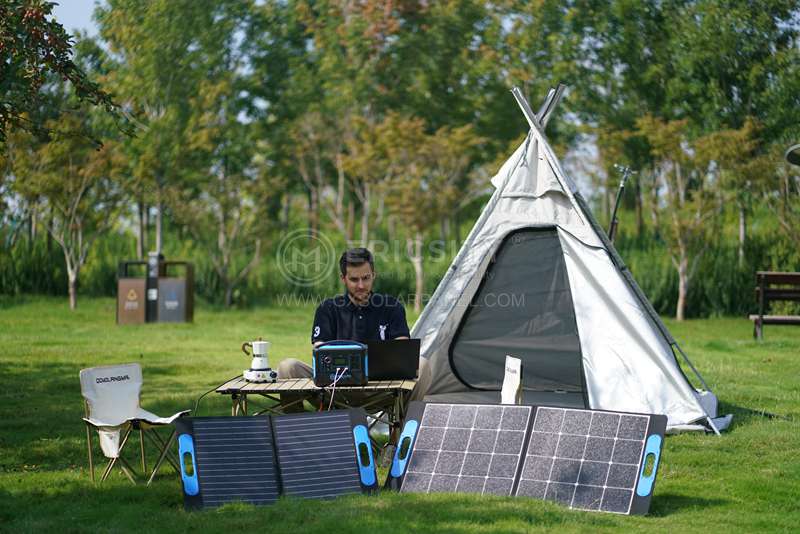HOT PRODUCT
Product Details
amorphous Solar Panels For Boats: A Practical Guide
Title: Amorphous Solar Panels For Boats: A Practical Guide
Introduction (50 words):
Amorphous solar panels have emerged as an innovative solution in the field of renewable energy. Their lightweight and flexible nature make them ideal for various applications, including powering boats. In this practical guide, we will explore the benefits, installation process, maintenance, and other considerations associated with amorphous solar panels for boats.

1. Understanding Amorphous Solar Panels (100 words):
Amorphous solar panels, also known as thin-film solar panels, utilize a different technology than traditional crystalline panels. They are created by depositing a thin layer of photovoltaic material, such as silicon, onto a flexible substrate. This unique construction allows them to be lightweight, highly flexible, and suitable for irregularly shaped surfaces, making them a perfect choice for boats.

2. Benefits of Amorphous Solar Panels for Boats (100 words):
2.1 Enhanced Efficiency: Amorphous solar panels tend to perform better in lower light conditions, making them more effective on overcast days, during sunrise or sunset, and in shady areas of a boat.
2.2 Weight and Flexibility: Traditional solar panels are heavy and rigid, making installation on boats challenging. Amorphous panels are lightweight, flexible, and can be easily mounted on curved or uneven surfaces.
2.3 Durability: Thin-film solar panels are often more resilient against impact, making them less prone to cracking or breakage, crucial during the vibration and movement experienced on a boat.


3. Installing Amorphous Solar Panels on Boats (150 words):
3.1 Determining Power Requirements: Assess your boat’s energy needs to determine the number and size of amorphous solar panels required.
3.2 Positioning: Identify locations on the boat that receive maximum sunlight exposure for efficient power generation. Commonly chosen areas include the deck, bimini top, or cabin roof.
3.3 Mounting Options: Consider adhesive-backed panels or semi-permanent mounting options like zip ties, bungee cords, or suction cups for easy installation and removal. Permanent mounting options may require professional assistance.
3.4 Wiring and Connection: Connect the solar panels to a charge controller to prevent overcharging the batteries. Wiring should be properly insulated and protected from moisture.
3.5 Safety Precautions: Ensure the installation adheres to safety guidelines and regulations, including proper grounding and use of marine-grade components.
4. Maintenance and Troubleshooting (100 words):
Regular maintenance is key to achieving optimal performance and longevity for amorphous solar panels on boats. Some important steps include:
4.1 Cleaning: Frequent cleaning of the panels with a soft cloth and mild detergent is essential to remove dust, salt, and grime buildup that can hinder efficiency.
4.2 Regular Inspection: Check for signs of damage, loose connections, or wiring issues. Replace any damaged or faulty components.
4.3 Battery Care: Monitor battery health and charge levels to ensure a consistent power supply. Follow manufacturer recommendations for battery maintenance.
4.4 Troubleshooting: If performance issues arise, troubleshoot the system by checking connections, charge controller settings, and potential shading sources.
Conclusion (50 words):
Amorphous solar panels offer practical and efficient energy solutions for boat owners who are committed to reducing their carbon footprint and embracing renewable energy sources. With their flexibility, durability, and enhanced performance in low light conditions, installing amorphous solar panels on boats proves to be a viable and sustainable choice.




